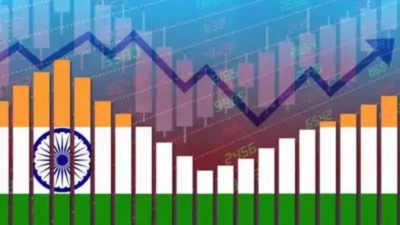
India is on track to become the world’s most sought-after consumer market while undergoing a major energy transition, witnessing a rise in the credit-to-GDP ratio, and seeing manufacturing take a bigger share of GDP, according to a Morgan Stanley report.The report noted that the falling intensity of oil in GDP, a rising share of exports—particularly services—and fiscal consolidation with a likely primary surplus in three years will help reduce the saving imbalance. This, it said, would enable structurally lower real interest rates in the economy, according to an ANI report quoting Morgan Stanley.“India will become the world’s most sought-after consumer market,” the report stated, adding that lower inflation volatility, driven by supply-side improvements and policy changes such as flexible inflation targeting, will also reduce fluctuations in interest rates and growth rates in the coming years.High growth combined with low volatility, falling interest rates, and a low beta could lead to higher price-to-earnings (P/E) ratios, the report said. This environment would support a structural shift in household balance sheets towards equities, already evident in sustained buying in the stock market.The low beta, it added, is underpinned by improved macroeconomic stability and household portfolio diversification. It also pointed out that current market performance hides the extent to which stocks have de-rated relative to long bonds and gold, even as India gains share in global GDP.Morgan Stanley observed that the soft patch in earnings growth that began in Q2 FY2025 now appears to be ending, although the market may not yet be fully convinced. A dovish central bank stance is aiding a turnaround in growth, but greater clarity on the external environment and rationalisation of GST rates may be needed to strengthen sentiment.It said catalysts for further growth could include a final trade deal with the US, new capital expenditure announcements, an acceleration in loans—already visible in the corporate bond market—uniform improvement in high-frequency economic indicators, and stronger trade ties with China.












